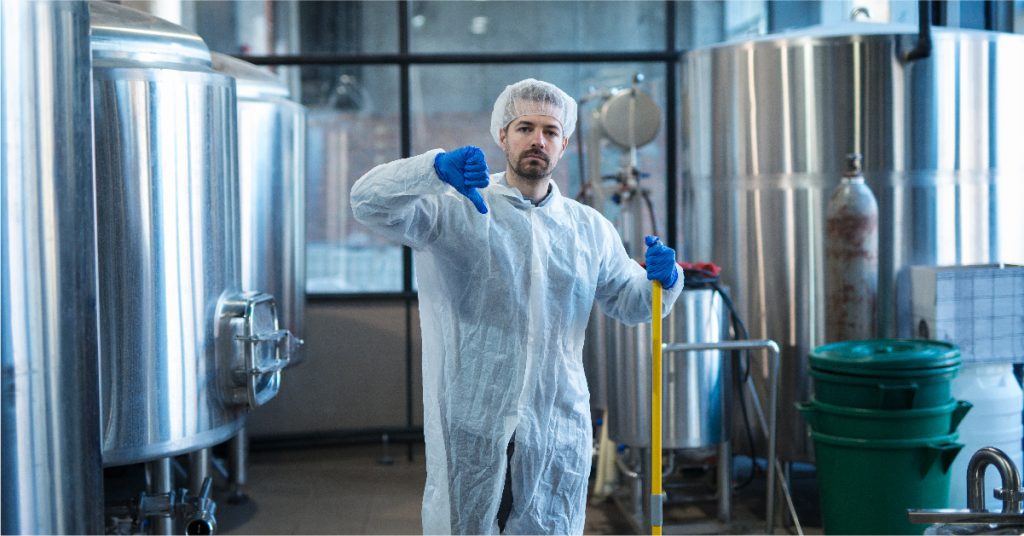Access to safe drinking water remains a major public health priority in Bangladesh. While the country has made commendable progress in expanding water supply coverage, the quality of water—particularly from surface sources and shallow tube wells—continues to pose serious challenges. One of the most effective and widely adopted solutions for disinfecting water and eliminating harmful microorganisms is the chlorination process.
The chlorination process has proven to be a cost-effective and scalable method to safeguard communities across Bangladesh from waterborne diseases. From rural households to municipal water treatment plants, chlorination is playing a crucial role in ensuring public health.
What is the Chlorination Process?
The chlorination process involves adding chlorine or chlorine-based compounds to water to kill pathogens such as bacteria, viruses, and protozoa. This disinfection method is especially effective in eliminating disease-causing microorganisms like E. coli, cholera, and typhoid bacteria, which are often found in contaminated water sources.
Chlorine reacts with the water to form hypochlorous acid, a potent disinfectant that penetrates the cell walls of microbes and destroys them from within. The process not only neutralizes immediate threats but also provides residual protection, meaning chlorine remains in the water system to continue guarding against future contamination during distribution.
Why is Chlorination Important in Bangladesh?
Bangladesh is a deltaic country with abundant water bodies, but many of them are highly vulnerable to pollution. Open defecation, industrial discharge, and agricultural runoff often contaminate rivers, ponds, and groundwater sources. This contamination has historically led to widespread outbreaks of waterborne diseases.
Here’s where the chlorination process becomes vital:
- Public Health Protection: Cholera, dysentery, and typhoid are still prevalent in parts of Bangladesh. Chlorination significantly reduces the incidence of these diseases by disinfecting drinking water.
- Scalability for Rural and Urban Areas: Whether it’s a small community well or a large urban water supply, chlorination can be scaled up or down to suit the need.
- Affordability: Chlorine is inexpensive and widely available, making it an ideal solution for resource-constrained settings.
- Simplicity: The process is relatively easy to implement and monitor, which is especially beneficial in areas with limited technical expertise.
Methods of Chlorination Used in Bangladesh
- Manual Chlorination at the Point of Use
In rural areas, powdered or tablet forms of chlorine are often added manually to household storage containers or community wells. It’s a simple method but requires education on correct dosing and regular application. - Gravity-Driven Chlorination Units
Some communities use low-maintenance gravity-fed systems where chlorine is gradually released into water flowing through pipes or tanks. These units are often placed at public standposts or small-scale water systems. - Municipal Water Treatment
In urban centers like Dhaka and Chittagong, chlorine gas or liquid chlorine is used as part of a comprehensive water treatment protocol. This ensures disinfection at a large scale before water is distributed to thousands of households. - Emergency Chlorination Kits
During floods and natural disasters, the risk of water contamination surges. Emergency kits with chlorine tablets and dosing equipment are used to rapidly disinfect available water sources, preventing the spread of disease.
Benefits of the Chlorination Process
- Effective Against a Broad Spectrum of Microbes: Chlorination is highly effective in killing most bacteria and viruses responsible for waterborne illnesses.
- Residual Protection: Even after treatment, a small amount of chlorine remains in the water, continuing to protect it from contamination as it travels through pipes or is stored in containers.
- Quick and Easy Deployment: Whether it’s a planned installation or emergency response, chlorination can be quickly implemented with minimal infrastructure.
- Proven Track Record: The chlorination process has been used for over a century globally and has saved millions of lives.
INDION’s Advanced Chlorination Process for Effective Disinfection
Ion Exchange’s INDION electro-chlorination system is a cutting-edge solution designed to produce highly active disinfection agents on-site using only salt, water, and electricity. This innovative chlorination process enables the efficient treatment and disinfection of water, sewage, and industrial effluents without the need for hazardous chemicals or chlorine gas.
The chlorination system operates by running an electric current through saltwater, generating hypochlorite through low-voltage DC electrolysis. This results in the production of highly active sodium hypochlorite, an effective disinfectant ideal for a wide range of applications including treated sewage, industrial effluents, drinking water systems (in municipalities, hotels, hospitals), circulation water in pools and fountains, and process water used in industries such as food and beverage, agriculture, and livestock.
This advanced chlorination process offers many advantages—fresh, ultra-pure disinfectant production on-site, no chemical storage or handling requirements, lower operational risks, and reduced logistics costs. Key features include compatibility with natural brine or seawater, rugged design suited for extreme conditions, and standard systems producing up to 1000 grams of chlorine per hour. Additionally, remote monitoring and low operating costs make this system both reliable and economical.
Addressing Concerns Around Chlorination
While the benefits of chlorination are well-documented, some people express concerns about its taste or the potential formation of byproducts like trihalomethanes (THMs) when chlorine reacts with organic matter. However, these risks are minimal when proper dosing and monitoring protocols are followed. The risks of not disinfecting water far outweigh the minimal concerns associated with responsible chlorination.
Public awareness campaigns and community training can also help alleviate concerns and ensure that the chlorination process is properly embraced by the population.
Conclusion
In a country where millions rely on vulnerable water sources, the chlorination process remains one of the most powerful tools for safeguarding public health. Its simplicity, affordability, and proven effectiveness make it indispensable in the fight against waterborne diseases in Bangladesh.


